Q51 Tall-helophyte bed
This habitat of tall graminoid helophytes characteristically occupies a zone from shallow to moderately deep mesotrophic to eutrophic fresh or slightly brackish water along the banks of rivers and lakes, in artificial water bodies and at nutrient-rich terrestrial sites on waterlogged ground. It is a very widespread, but naturally fragmented habitat, throughout the European lowlands. The occurrence of different dominant species depends on water depth, duration of flooding, substratum, trophic level, disturbance by waves or current, herbivory and human influence, some of the plants being cut for fodder or thatching. Because of the competitive ability and clonal growth of tall helophytes, the stands are usually species-poor and often dominated by one or a few co-dominants. The habitat is vulnerable to drainage and pollution, land reclamation for agricultural and urban development, and the decline of marshland exploitation for renewable crops.
Chytrý M., Tichý L., Hennekens S.M., Knollová I., Janssen J.A.M., Rodwell J.S. … Schaminée J.H.J. (2020) EUNIS Habitat Classification: expert system, characteristic species combinations and distribution maps of European habitats. Applied Vegetation Science 23: 648–675. https://doi.org/10.1111/avsc.12519
Version 2025-10-03, https://doi.org/10.5281/zenodo.16895007.
For the official presentation of the EUNIS Habitat Classification from the European Environment Agency, please see: EUNIS Terrestrial Habitat Classification 2021. The FloraVeg.EU presentation may show modifications and partial updates to the habitat classification.
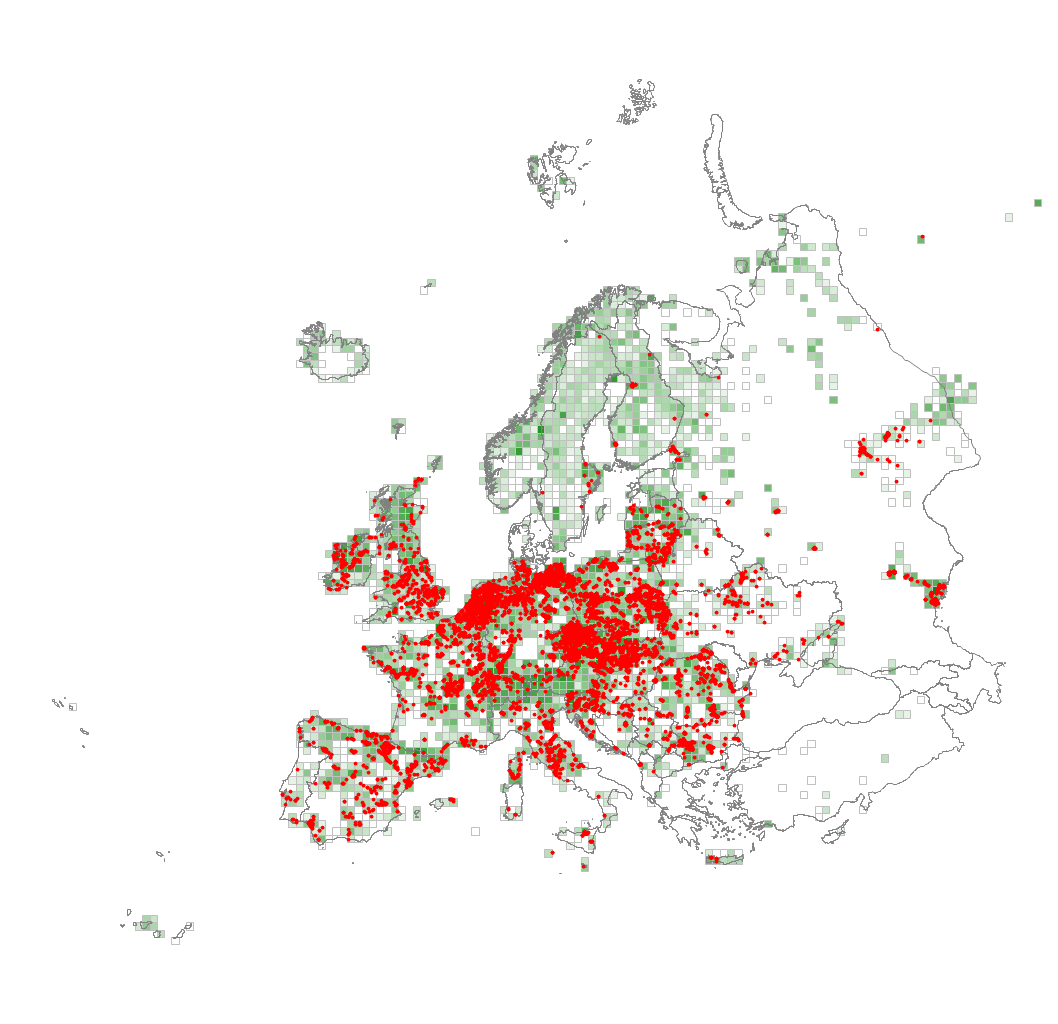
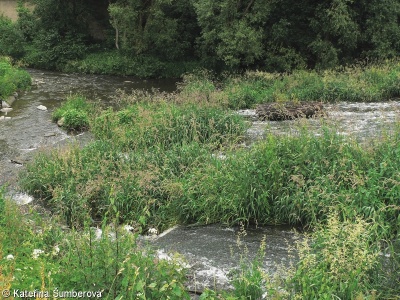
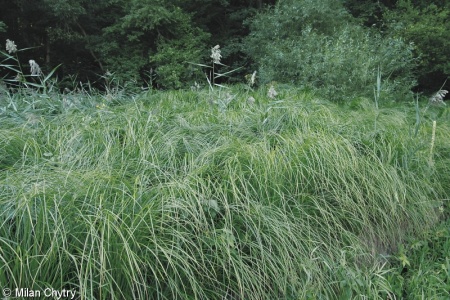
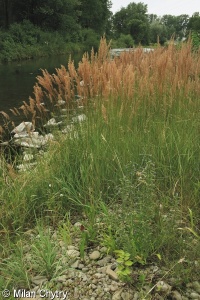
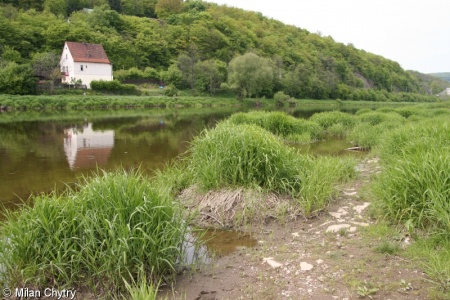
1.jpg)
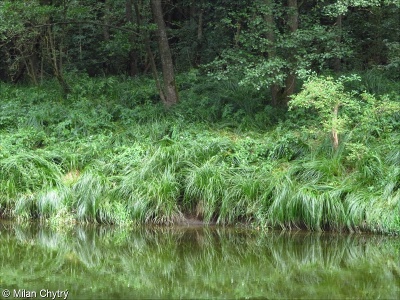
2.jpg)